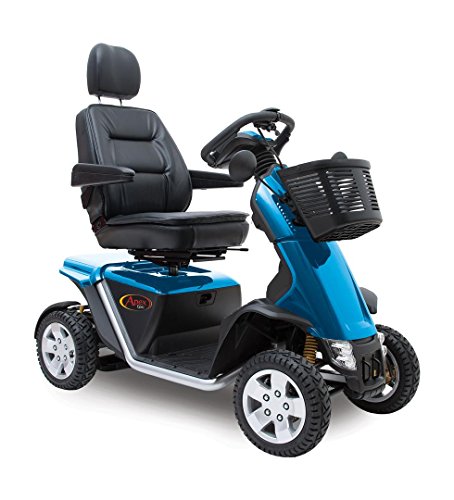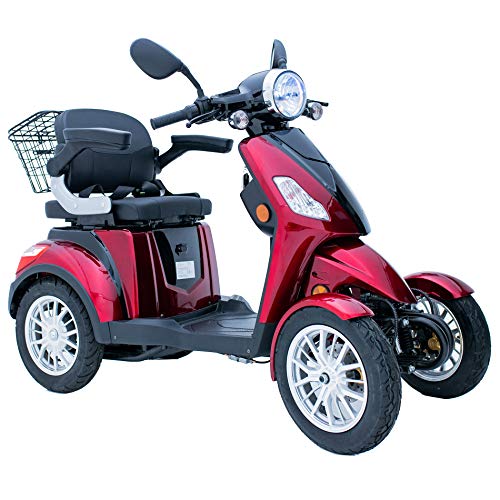
Black Shadows © 2013 -
Mentions légales/Policies
Mentions légales/Policies

Electric Pedal Scooters
Two-wheeled vehicle with pedals that typically is restricted to speeds of 30 MPH or less. License, insurance and registration are required (can vary depending on state).
 E-scooters can be a fun and environmentally friendly way to travel. They also help reduce our dependence on fossil fuels. They are also great for those who require a little help getting moving like those with leg or heart problems.
E-scooters can be a fun and environmentally friendly way to travel. They also help reduce our dependence on fossil fuels. They are also great for those who require a little help getting moving like those with leg or heart problems.
1. Pedal Assist
Pedal-assist systems let riders cruise around without the need for constant physical effort. A simple push of the throttle can control the motor to provide an individualized level of support that ranges from minimal to full power. The system is activated by a sensor attached to the bike’s cranks which detects the speed of pedal rotations (known as cadence) and transmits an indication to the motor controller. The sensor adjusts the electric motor’s power output according to this information to ensure a comfortable ride. The rider can also select the desired pedal assistance level. The rider is also able to manually select the desired level of pedal assist.
Based on the model of the cheap electric mobility scooters for adults electric mobility scooter foldable mobility scooters for sale (visit the up coming internet page) scooter, various levels of assistance are offered. Cadence sensors, the most commonly used, function using magnets placed near the pedals. When the magnet detects movement, it triggers the motor and distributes power to the cranks according to the pedaling rate. This is typically a smooth and intuitive system, but some models employ torque sensors, which can give an enhanced and personalized experience.
Some e-bikes have the throttle instead of a cadence sensor or torque sensor. These types of systems are typically more expensive and require the rider depresses an electronic button or trigger on the handlebars to start the motor. This system is perfect for those with a limited mobility who need to access motor power without the necessity of pedaling.
Knowing these technical specifications is crucial to make a smart choice when selecting an electric scooter. You can gauge the performance by knowing the specifications of an electric mobility scooters near me scooter, including its power (wattage, voltage), battery capacity and speed, range, brakes, suspension systems carrying mechanisms, as well as brakes (drum, disc and regenerative). It’s not just a matter of being knowledgeable – understanding the terms will help you make the best decision to meet your needs and lifestyle.
2. Torque Sensor
The torque sensor is utilized on some lightweight electric mobility scooter bikes to measure the amount of force being applied by the rider’s feet on the pedals. The information is then sent to a motor controller which adjusts the power output according to. The motor is able to offer more assistance to the rider as they exert more effort. The motor may also decrease its power output when the rider is not putting into a lot of effort, for example for when driving on flat terrain or when stationary.
Torque sensors work by incorporating strain gauges or other similar technology into the bottom bracket, where the pedals and cranks are attached to the frame. The sensor measures the movement and sends it to the motor controller. It then calculates the force applied to the pedals. This is a better method of determining how hard the rider is pushing, which will allow the motor to provide more support.
A torque sensor can also detect subtler changes in the amount applied to the pedals compared to the cadence. This gives an empathetic feel and helps the motor appear to be an extension of the rider’s own strength rather than simply providing power as needed based on the level of assistance chosen.
In comparison, a cadence sensor relies on magnets and sensors to determine whether or not the crank arm is moving and if so the motor is turned on to generate energy. This could result in an acceleration speed that is faster but it does not give the same smooth and natural sensation that many riders seek.
Another drawback of cadence sensors is that it only activates when the bike is in motion which could be a problem in rough terrain, where the pedals could move with minimal or no force due to loose dirt or uneven ground. It also means the rider must wait for the motor’s engagement before they can accelerate, which can be a challenge to do if you’re starting from a standstill or descending.
3. Lean-To-Steer
Learn to steer your child’s scooter whether they want to speed up the journey to school or just scoot in the neighborhood. Many kick scooters are available in two-wheeled versions which require you to turn the handlebars as if you were riding the handlebars of a bicycle, or three-wheeled models that are more stable for preschoolers and elementary school youngsters.
They are also known as “lean-to-steer” scooters. They function by letting children shift their weight in a specific direction to propel the wheels in that direction, similar to like skateboards. This method of steering might be a bit strange to adults, however children can easily grasp it. It’s also a more suitable option for young children as it eliminates the need to use their hands for steering which makes the ride less difficult.
Lean-to steer is also more stable on uneven surfaces, and allows for gradual, easy turns. As such, it is the ideal scooter for young children who want to ride on roads or sidewalks.
Scooters improve gross motor development by strengthening the supporting leg and hip, which improves balance and coordination, Drobnjak said. The propelling leg on the other hand, helps build strength by working the quadriceps and hamstring muscles. In addition the leaning and weight-shifting abilities kids acquire from scooting are transferable to other sports and activities such as surfing, skating, and skiing, Drobnjak added.
A good scooter will have a height-adjustable steering column and a variety of weight limits, so it will grow with your child over time. It should be durable and made from nonbreakable materials that can withstand hard wear and tear and last for a long time.
An excellent example of this kind of product is the Micro Maxi scooter, which features a 3 wheel electric folding mobility scooter compact portable-wheel design and lean-to-steer technology. The wheels are designed to glide over sidewalk cracks and bumps effortlessly, which provides more stability for children while riding their scooters. Lean-to steer allows kids to adjust their speed quickly by shifting their weight in one direction. This provides them with an experience that is more intuitive that is faster, safer and more enjoyable than traditional scooters.
4. Large Storage
The Large Storage is a utility item that adds Tier-2 attachment slots to the Astroneer player’s base. It can hold up to 24 small objects and be placed horizontally or vertically. It can be positioned in such a way that two of the slots are angled downwards, which makes it suitable for Floodlight. In addition, all inventory across multiple mounted Large Storage modules will unify and work like a single module. It will also provide power to a RTG or any other powered platform it is mounted to for as long as it is active. Check out the video below to see how it operates!